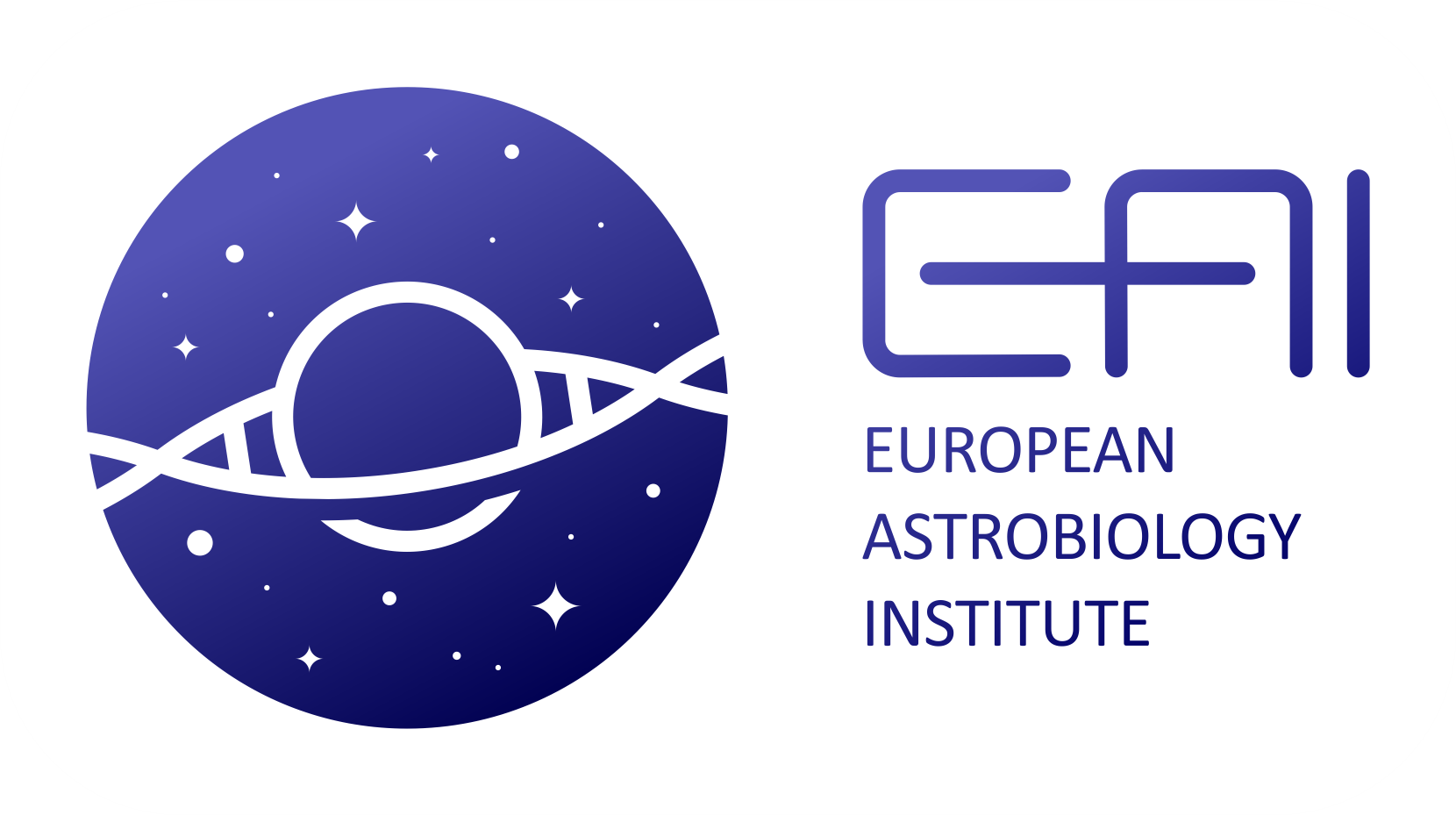Seminar: The Pathway to Prebiotic Chemistry: molecular precursors from space
LIVE SEMINAR: 7 May 16:00 CEST
One of the main challenges in the study of the origin of life is the lack of direct evidence of the conditions on the early Earth when the first organisms appeared. In particular, we do not have any proof of the molecular material that formed the building blocks of life. In this regard, prebiotic experiments in the laboratory have suggested that the RNA world, which is deemed the most plausible explanation for the origin of life, could have started from relatively simple molecular precursors, species with only a handful of atoms. Since our Solar System was formed from a molecular cloud in the ISM, an obvious question naturally arises: could some of the basic ingredients of the life recipe had an interstellar origin, given that they could have been delivered towards the Earth surface through meteoritic and cometary impacts? In other words, could the chemistry that occurs in space have a fundamental contribution for triggering prebiotic chemistry here on Earth, or elsewhere in the Galaxy?
To answer this question we need first to know how complex is the chemistry that happens in the interstellar medium, in the molecular clouds where stars and planets form. And, fortunately, despite outer space being a very hostile environment, we know that it harbours a great variety of molecules. Nowadays, the improved sensitivity of current radiotelescopes and the advances in laboratory molecular spectroscopy are indeed revolutionizing the detection of new molecules in space. In my seminar I will present the most recent results of our query of new species with astrobiological interest in space, combining ultra-sensitive unbiased observational spectral surveys and spectroscopic studies in the lab. In particular, I will show our findings towards the molecular cloud G+0.693-0.027, located in the Galactic Center. This source has been revealed as a true astrochemical mine, since it has provided us the detection of 18 new molecular species in the last 5 years. Among them, we have the first glycine isomer detected in space, glycolamide (NH2COCH2OH); key precursors of RNA nucleotides such as hydroxylamine (NH2OH); or ethenediol ((CHOH)2); precursors of proteins, such as carbonic acid (HOCOOH); of lipids, such as ethanolamine (NH2CH2CH2OH) and propanol (CH3CH2CH2OH); and also new interstellar species with phosphorus, one of the key elements for life, such as the cation PO+. Obviously, besides the detection of these possible molecular precursors of life, we also want to understand how they are synthesised in space, and also equally important, how they can elude destruction. To achieve this goal, we combine the results of our sensitive astronomical observations with theoretical efforts using quantum chemical calculations and chemical models, whose outcome I will also present in the seminar.
This amazing chemical complexity revealed in space, which is likely only the tip of the iceberg, means that interstellar chemistry certainly offers an extremely rich feedstock for triggering potential prebiotic chemistries.
